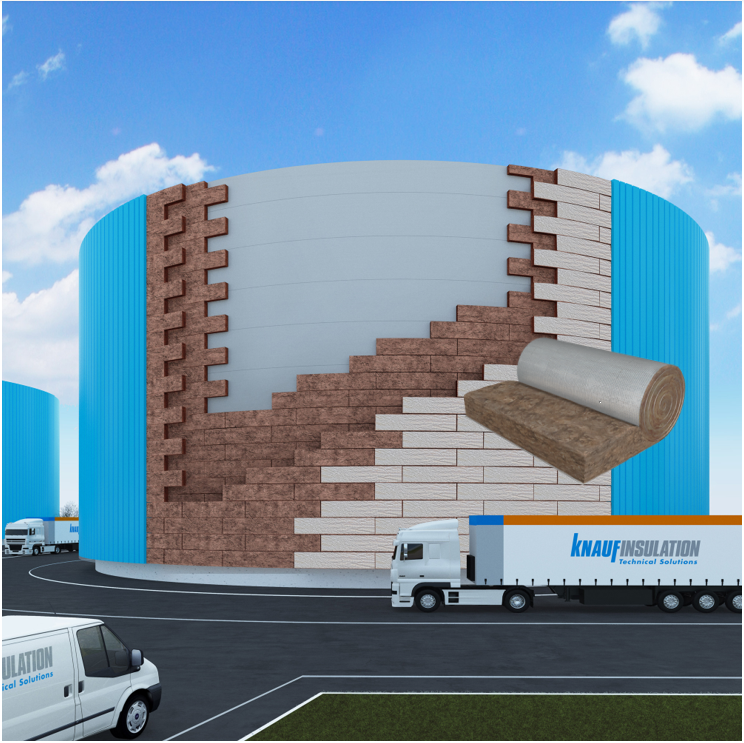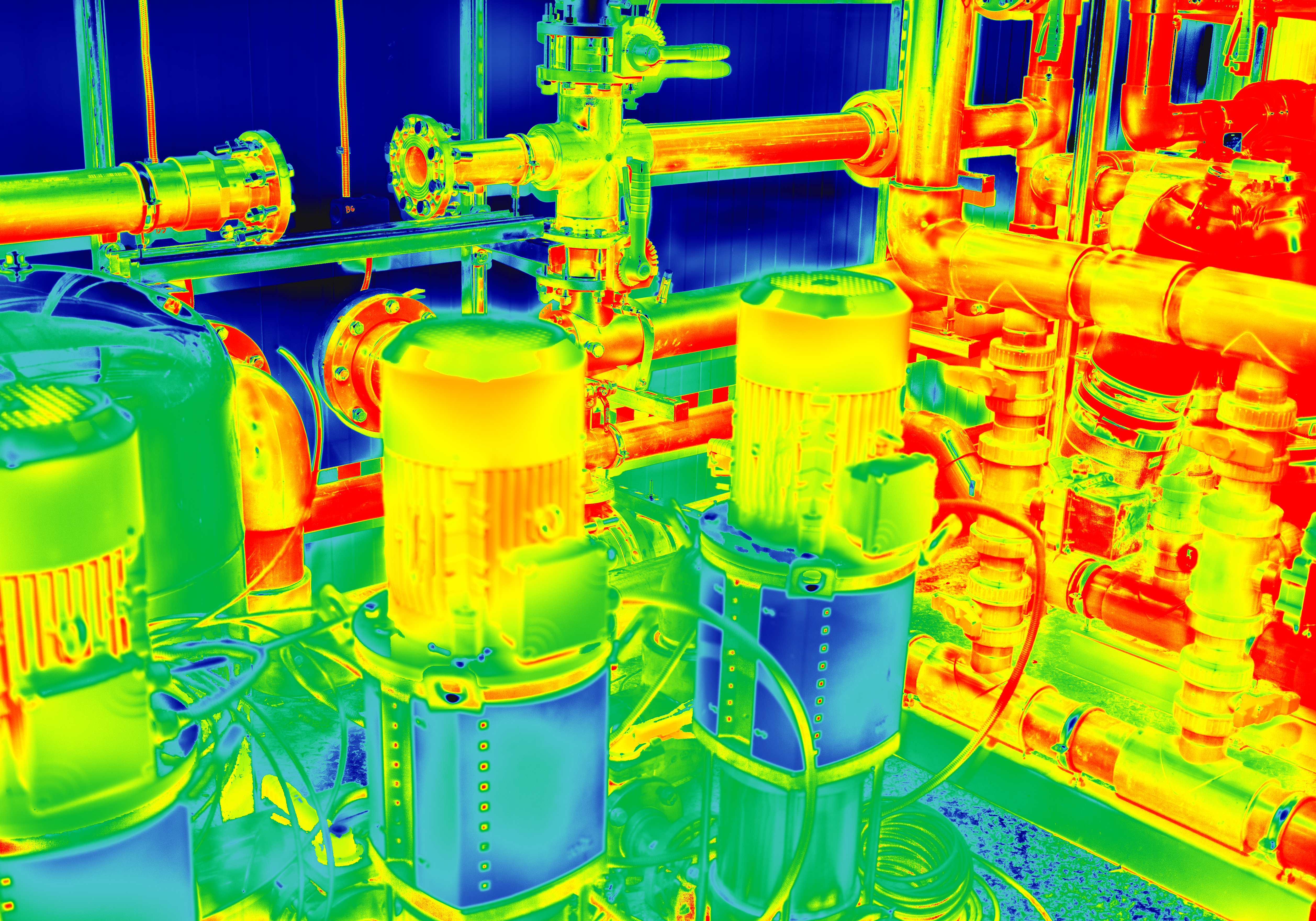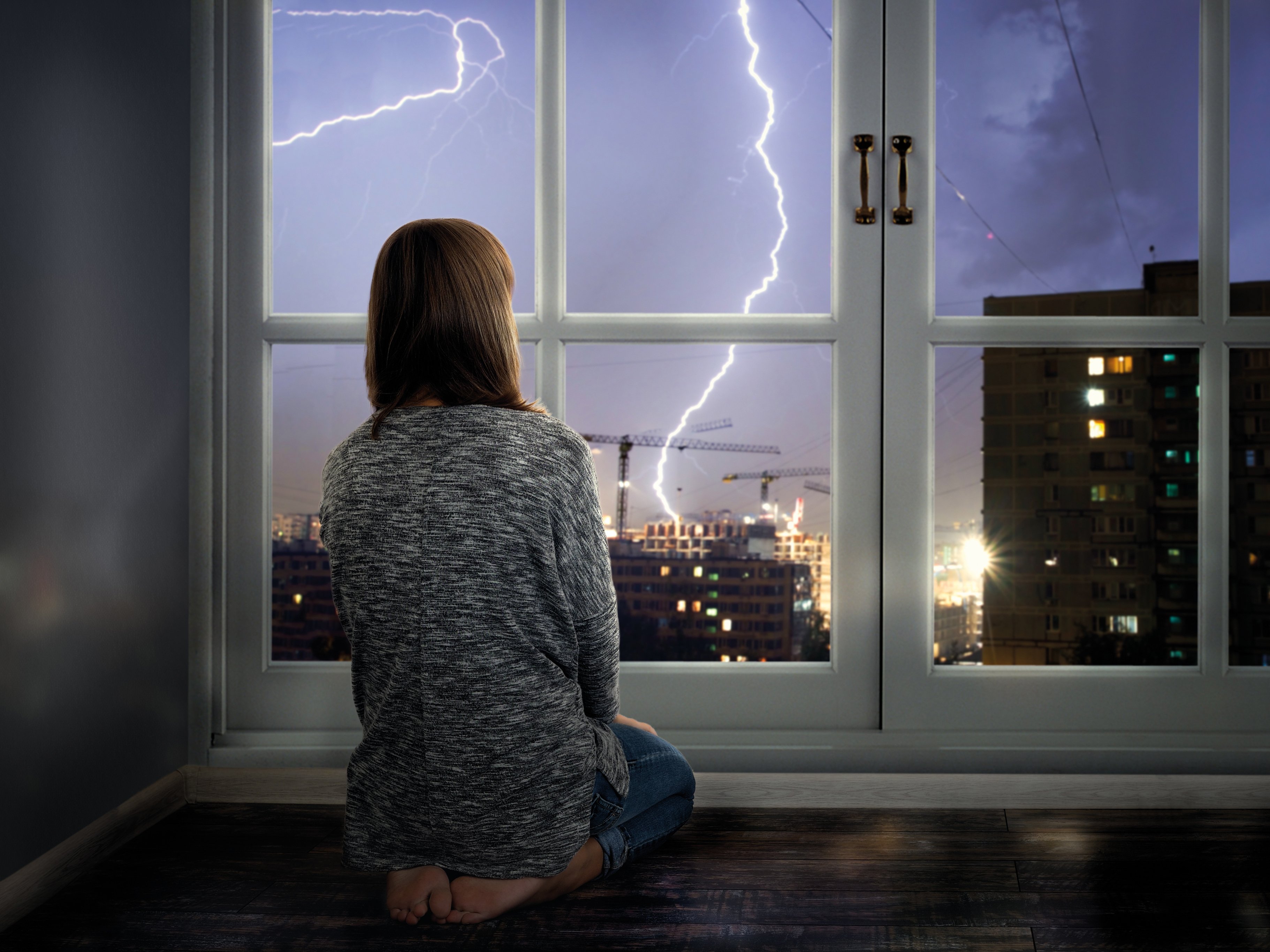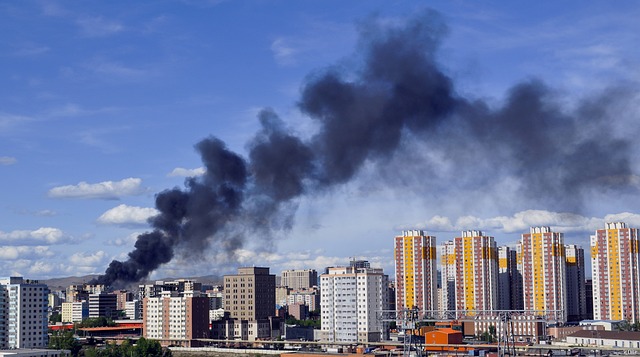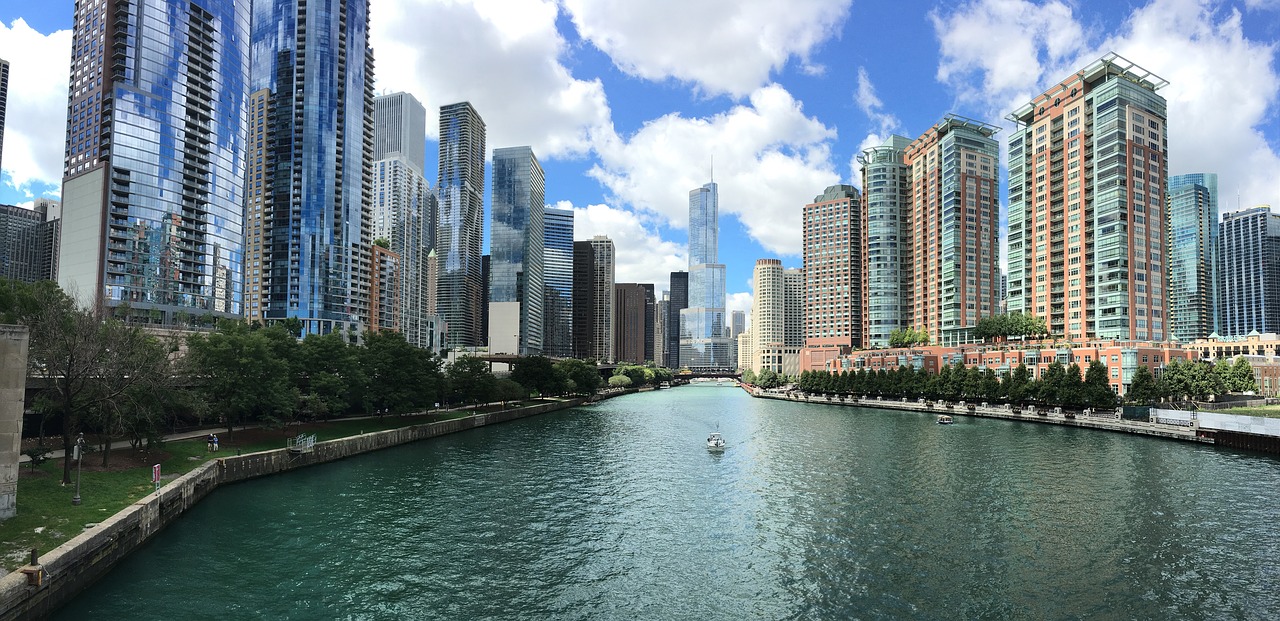- Group websites
- Knauf Insulation worldwide
- Corporate
- Albania
- Algeria
- Australia
- Austria
- Belgium
- Bosnia
- Bulgaria
- Canada
- Croatia
- Czech Republic
- Denmark
- Estonia
- Finland
- France
- Germany
- Greece
- Hungary
- Italy
- Japan
- Kazakhstan
- Latvia
- Lithuania
- Luxembourg
- Macedonia
- Malaysia
- Mexico
- Montenegro
- Morocco
- Netherlands
- New Zealand
- Norway
- OEM
- Poland
- Portugal
- Romania
- Russia
- Serbia
- Singapore
- Slovakia
- Slovenia
- South Africa
- South Korea
- Spain
- Sweden
- Switzerland
- Tunisia
- Turkey
- UAE
- USA
- Ukraine
- United Kingdom
- Knauf Insulation worldwide
- Group websites
- Knauf Insulation worldwide
- Corporate
- Albania
- Algeria
- Australia
- Austria
- Belgium
- Bosnia
- Bulgaria
- Canada
- Croatia
- Czech Republic
- Denmark
- Estonia
- Finland
- France
- Germany
- Greece
- Hungary
- Italy
- Japan
- Kazakhstan
- Latvia
- Lithuania
- Luxembourg
- Macedonia
- Malaysia
- Mexico
- Montenegro
- Morocco
- Netherlands
- New Zealand
- Norway
- OEM
- Poland
- Portugal
- Romania
- Russia
- Serbia
- Singapore
- Slovakia
- Slovenia
- South Africa
- South Korea
- Spain
- Sweden
- Switzerland
- Tunisia
- Turkey
- UAE
- USA
- Ukraine
- United Kingdom
- Knauf Insulation worldwide
- Home
- INSULATE YOURSELF FROM RISING COSTS
INSULATE YOURSELF FROM RISING COSTS
Few Europeans expected to find themselves here, well into the 21st century, getting ready for winter by hunting out old woolly clothes and gathering firewood. Fuel supply chain disruptions caused by war on Europe’s borders, just when world energy demand had soared to new highs with the ending of most Coronavirus pandemic restrictions, means warms clothes and fuel for the fire sometimes feel like the best way to prepare for the end of 2022.
Fortunately, another approach is possible.
Domen Ivanšek, the Head of Building Science at Knauf Insulation, believes our instinct to go for warm layers and heating for our bodies is at least as valid when it comes to the buildings we inhabit. He and the team at Knauf Insulation also understand the importance of addressing the problem in the right order.
REDUCE HEAT LOSS FIRST – FOR THE LONGTERM
Buildings have to be actively heated to replace heat that is continuously leaking out, due to various imperfections and inefficiencies in the building. Today’s European building stock leaks a lot of heat, through the whole so-called building envelope.
This makes life difficult for a building owner looking to reduce energy use, for instance in response to rising energy bills. Choosing the right energy source and heating system can be difficult, especially in these volatile times, since there is no fit-for-all answer. A switch of heating systems or energy source is in itself unlikely to be the most effective or cheapest approach, Domen warns.
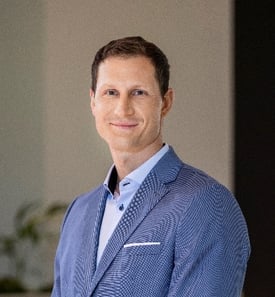
“High-efficiency equipment will hardly ever achieve its full energy savings potential if a low-performing building envelope continuously permits huge heat losses.” Instead, the whole building needs to be assessed to see how much energy is consumed for heat – and where that is being lost. The building owner or tenant is then well placed to understand how the building envelope can be improved, to reduce this energy consumption and heat loss. “Our best advice for all building owners in general is to become as self-sufficient and independent of external infrastructure and energy suppliers as possible,” Domen says.
“Building energy efficiency experts and Knauf Insulation’s local representatives can support and advise building owners at this stage.”
STEP BY STEP IN THE RIGHT DIRECTION
In the case of winterproofing the buildings, the first step is to reduce the heating losses and thus heating demands with passive measures. “These primarily include a well and continually thermally insulated building envelope and high airtightness, corresponding to current local building codes, ideally overperforming them. This means correctly installing sufficient levels of reliable thermal insulation, such as friction-fit mineral wool in the roof/loft, external walls, floor/basement ceiling and correct installation of windows with appropriate characteristics.”
Airtightness ensures the indoor heat is not leaking uncontrollably through the structural cracks and holes in building envelope. It can be improved and ensured with specialized systems consisting of airtight membranes and sealing accessories – such as Homeseal LDS portfolio. Such high-quality professional deep building energy retrofit can reduce annual heating demands by 50%. If done correctly, this will be an investment to cut heating costs for a lifetime.”
Once passive measures have been implemented and overall energy consumption is reduced, if still needed, experts and mechanical systems providers can assess and advise on which “active” equipment is needed. This could include heating, ventilation and air-conditioning, based on the new, efficient building envelope.
A high performant building envelope can reduce the investment cost of mechanical heating systems, since optimised devices with smaller power and capacity could be sufficient.
“Maintenance costs and spare parts for smaller devices are cheaper than more powerful devices. These devices, such as spotlighted heat pumps, also consume less operating energy, which can be more easily covered by your own, smaller, renewable source of electricity, such as a photovoltaic plant or wind turbine, to make yourself even more self-sufficient.”
INSULATION BRINGS RESILIENCE
Self-sufficiency has become something of an ideal lately, thanks to following supply chain issues linked to pandemic and war. Europeans have realized the danger of depending on imported fuel – or indeed food and consumer products. An energy-efficient, insulated building should be part of an overall social trend towards self-sufficiency.
“Thermally efficient and airtight building envelope also increase building resilience to extreme weather. This can lower the effect of extreme daily temperature lows and also keeps buildings warm for a longer period of time in case of power supply blackouts or costly peak energy demands.”
“An efficient building envelope and heating system bring different benefits to the table, so naturally both are needed. Measures taken as a first step will open various possibilities to install an affordable, very efficiently operating heating system as a second step.”
“To become less affected by energy and rising costs, and more resilient and self-sufficient even in the case of extreme weather events and power outages, the best decision and an absolute key first step is investment in quality thermal insulation, as well as efficient building envelope elements, to reduce energy consumption. Besides reducing emissions and keeping risk of mold to a minimum, warm internal surface temperatures will offer a pleasant thermal comfort at lower internal air temperatures, which in turn also helps to lower energy bills.”
“Let’s keep in mind that very negawatt, meaning negative or inverse megawatt, of saved energy is more valuable, cheaper and cleaner than a megawatt of produced energy, FOR A BETTER WORLD.”
Here is a selection of some of our solutions:
-
Our Power-teK® Mineral Wool insulation products are specially designed for economical and efficient insulation in the process industry to assure quality, cost cut and sustainability.
- Our Thermo-teK Mineral Wool insulation materials for technical insulation in HVAC for sustainable and safe insulation to provide lower costs and excellent quality.
- Our Fire-teK® Mineral Wool insulation products are ideally designed to provide for a required passive fire protection.
- Our Sea-teK® certified marine insulation Mineral Wool products for technical insulation in shipbuilding.
Use the opportunity to save energy and cut costs by applying to TIPCHECK (Technical Insulation Performance Check) initiative, which provides expert analysis of existing insulation systems and identification of additional savings potential.



